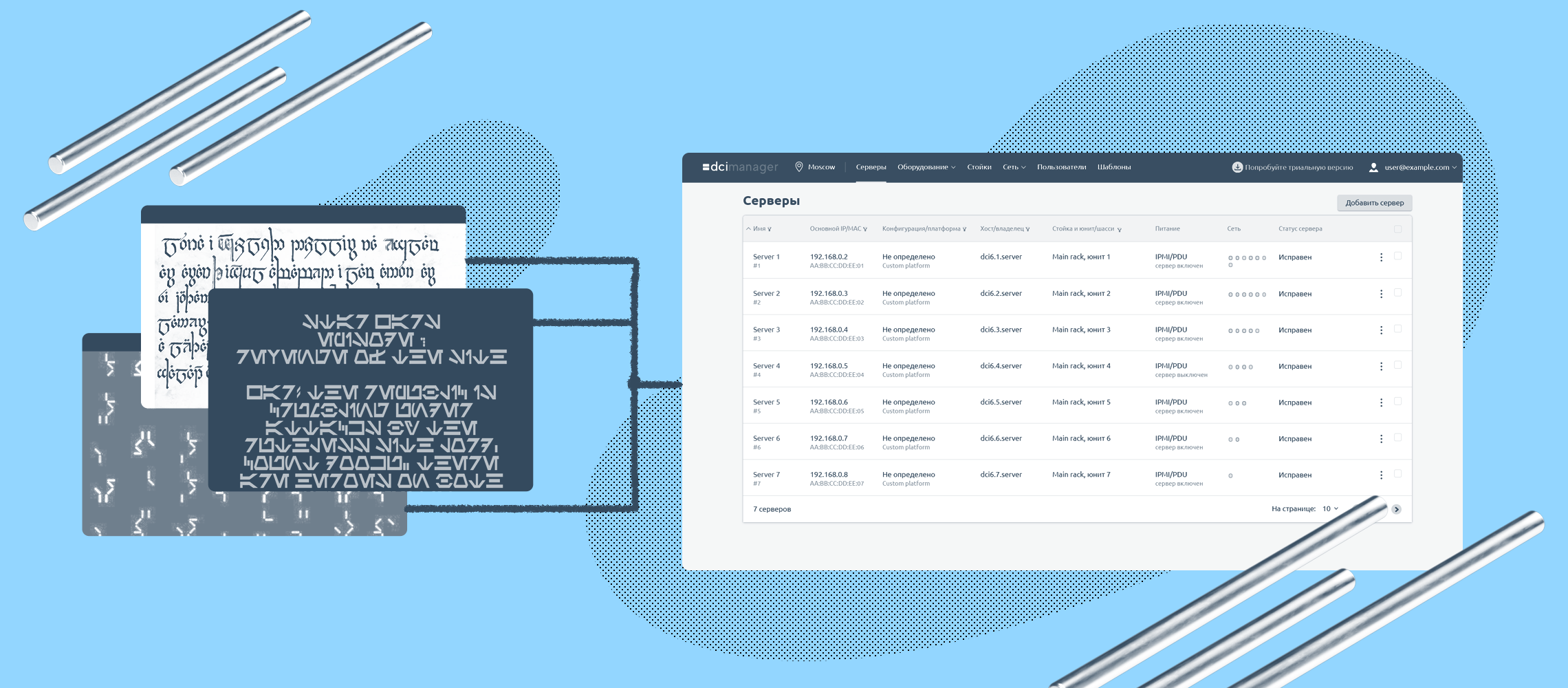It is convenient for many organizations to use equipment by several vendors in their infrastructure. This helps to save on capital investments, allows for more flexibility in applying the functionality and reduces the dependence on the supplier. However, management of multi-vendor infrastructure is not an easy task, because manufacturers use their own technical standards. When the infrastructure combines devices designed to work in different ways, problems may arise. IT departments spend money and time to manage them. Here we will provide an overview of how to overcome the disadvantages of multi-vendor infrastructure and reduce costs.
Содержание
Problems of multi-vendor infrastructure and their solutions
Manufacturers use their proprietary firmware, API, and IPMI in their equipment. This causes difficulties: a separate software has to be installed for each vendor. and IT staff need to learn how to work with it. A good solution is to combine all elements of the infrastructure into a single system. This would allow engineers to switch between administration tools. To create such a solution in-house, you need specialists with appropriate qualifications and time resources.
A ready-made software for managing equipment allows avoiding the development costs. DCImanager is a platform for working with multi-vendor infrastructure. With its help, the administrator can manage equipment by different manufacturers in a single interface:
- monitor the state of infrastructure;
- manage servers, network equipment, and power supply;
- keep records of IT assets.
DCImanager supports equipment by almost all major vendors such as Cisco, Juniper, Arista, Supermicro, MikroTik and others. The list is constantly being expanded.

1. Problem: reduced labor efficiency
In a multi-vendor infrastructure, engineers have to administer several systems. This means you need to understand each of them and switch between the interfaces. The efficiency of work is reduced.
Solution: automatic infrastructure management
With DCImanager for infrastructure management, engineers do not require deep knowledge of how devices by different vendors work. For example, to disable a switch port, an employee does not have to enter the console or type commands — a couple of clicks in the GUI will be sufficient. Automation helps accelerate management.

2. Problem: It is difficult to track the system status and identify errors
Unified monitoring is important for prevention and quick elimination of faults. Nevertheless, it is difficult to arrange it for the multi-vendor infrastructure. You need to decide in advance how to combine each type of equipment with the selected system. In addition, if the vendor changes API, the task becomes even more complicated.
You can use a different monitoring system for each vendor. However, this does not solve the main task — how to quickly get information about the whole system and prevent incidents.
Solution: single monitoring for the entire infrastructure
In DCImanager, you can monitor the status of the entire infrastructure.

Engineers do not need to configure integration of each type of equipment with the monitoring service — everything is taken care of automatically.
Monitoring in DCImanager helps to promptly get comprehensive information about the state of the infrastructure, find and fix problems, and track vulnerabilities. Administrators do not need to spend time configuring the service every time the vendor releases a new version of equipment.
3. Problem: resolving issues in vendor technical support takes longer
If an error occurs in a multi-vendor infrastructure at the junction of equipment manufacturers, you will have to contact two technical support services. Each service will try to shift the responsibility to the other. It takes more time to fix problems.
Solution: a single stop technical support
In case of equipment malfunction, DCImanager's 24/7 technical support will help you determine the causes. By contacting the vendor, you will already possess the results of the initial diagnosis. This will speed up the solution of the problem.
4. Problem: searching and onboarding of employees takes a lot of time
The more different equipment you use, the more knowledge is needed to maintain it. You have to look for a person who can work with several manufacturers, or spend money and time on training.
Solution: a simple interface to manage the entire infrastructure
With DCImanager, specialists can manage equipment in a graphical interface. They do not need to study the features of each equipment type. Managing the equipment by different vendors is brought to a single standard. This increases the interchangeability of employees. Searching for specialists to administer the system becomes easier.

DCImanager for multi-vendor infrastructure management
Try DCImanager to manage different equipment in a single interface. Sign up for a demo to evaluate the platform's capabilities.

